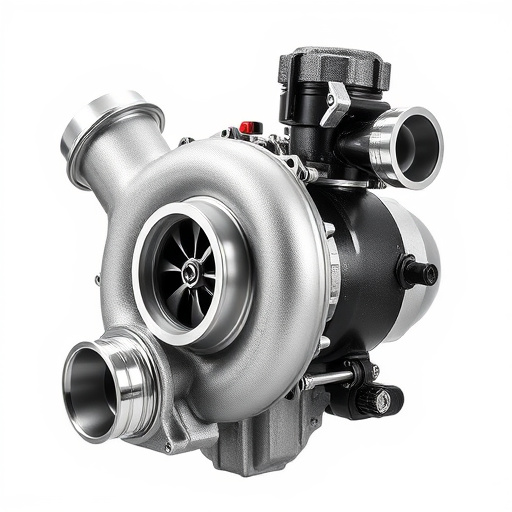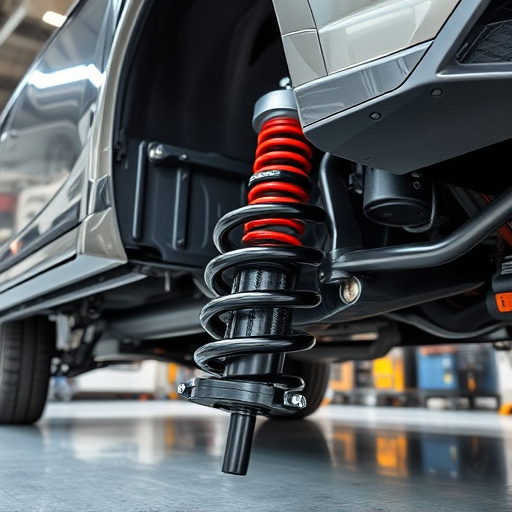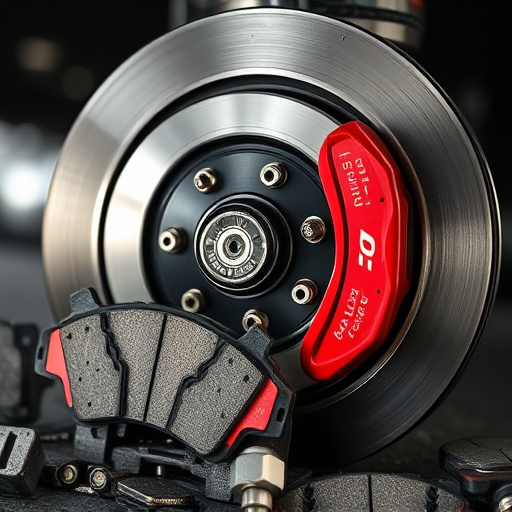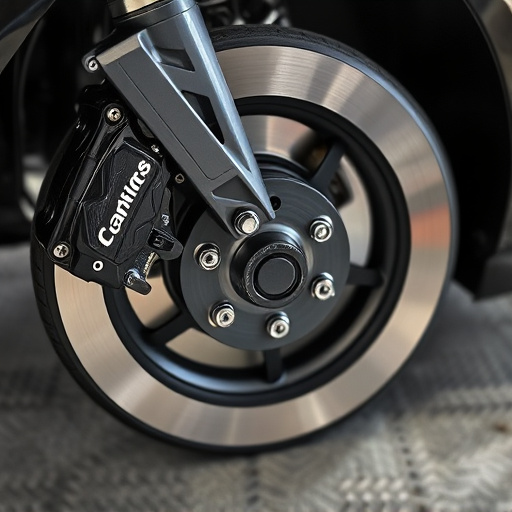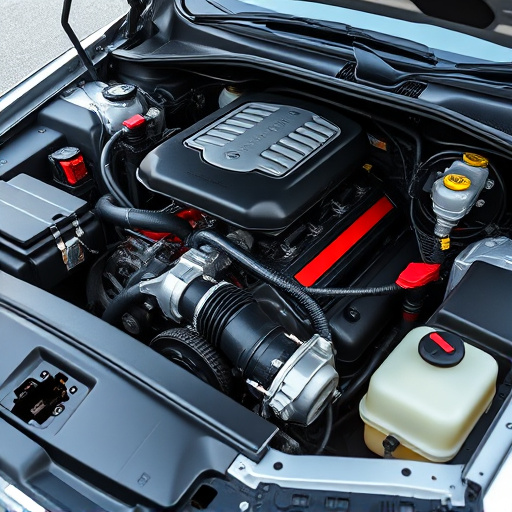Unusual noises, vibrations, odors, and smoke during driving can signal potential damage to engine components like pistons, valves, and bearings. Regular checks of exhaust systems, air intake, suspension, and parts wear can help identify these issues early, preventing costly repairs by addressing problems before they affect engine health and performance. Persistent performance issues, power loss, stalling, or rough idling should prompt a professional inspection to ensure optimal engine component function.
Unseen engine components can harbor hidden damage, signaling potential problems through unusual noises, vibrations, odors, and performance issues. Recognizing these subtle signs is crucial for maintaining optimal vehicle health. This article explores three key indicators of internal engine damage: unusual noises and vibrations, distinctive odors and smoke emissions, and unexpected performance problems and power loss. Understanding these red flags empowers drivers to address potential issues early, preventing more severe—and costly—engine complications. By being vigilant, you can safeguard your vehicle’s vital engine components.
- Recognizing Unusual Noises and Vibrations
- Unusual Odor and Smoke Emissions
- Performance Issues and Loss of Power
Recognizing Unusual Noises and Vibrations

Unusual noises and vibrations can be early indicators of internal damage to engine components. If you notice a persistent rattling, knocking, or whining sound coming from your vehicle’s engine, it could signal issues with parts like pistons, connecting rods, or valves. These sounds are often more pronounced during acceleration or at certain RPMs, indicating potential wear or misalignment.
Additionally, vibrations that extend beyond the steering wheel and into the seat can be a red flag. This may suggest problems with the engine’s balance, such as an imbalanced crankshaft or damaged bearings. Regularly checking your vehicle’s performance exhaust, air intake systems, and suspension kits for any unusual noises can help you catch potential issues early, preventing more serious damage to these vital engine components.
Unusual Odor and Smoke Emissions

Unusual odors and smoke emissions are often overlooked signs of internal damage to engine components. When a car’s engine is functioning properly, it should emit minimal odors or visible smoke. Any deviation from this norm could indicate a problem within the engine bay. For instance, a burning smell might suggest that your vehicle’s internal parts, such as brake rotors or air filter kits, are wearing out and generating friction. Similarly, white smoke could be an indicator of excessive cooling system issues, potentially affecting vital engine components.
Regularly checking these signs is crucial for maintaining the health of your engine. If you notice persistent odors or smoke, it’s advisable to have a professional inspection. They can help identify if there’s damage to essential engine components like pistons, valves, or even the head gasket. Remember, addressing these issues early through quality suspension kits or replacing worn-out parts can prevent more serious and costly repairs in the long run.
Performance Issues and Loss of Power

Performance issues and a loss of power can be early indicators of internal damage to hidden engine components. These symptoms often manifest when there is an issue with the flow of air, fuel, or oil within the engine. For instance, a blocked or faulty cold air intake can restrict airflow, causing the engine to run lean, resulting in decreased power and efficiency. Similarly, issues with suspension components, such as worn shocks or broken struts, can also lead to imbalanced weight distribution, affecting engine performance.
If you’re noticing erratic behavior like stalling, rough idling, or difficulty accelerating, it could be a sign that internal engine components are not functioning optimally. High-performance parts, while they enhance engine capabilities, are susceptible to damage if not maintained properly. Regular checks for wear and tear on critical components, including the pistons, valves, and bearings, can help prevent performance losses caused by internal damage.
Identifying signs of internal damage to engine components early can prevent significant repairs. By being vigilant for unusual noises, vibrations, odors, smoke emissions, and performance issues, you can catch potential problems before they turn into costly breakdowns. Regular maintenance and prompt attention to these indicators are key to keeping your engine running smoothly and efficiently. Remember, addressing issues proactively ensures the longevity of your vehicle’s critical engine components.








